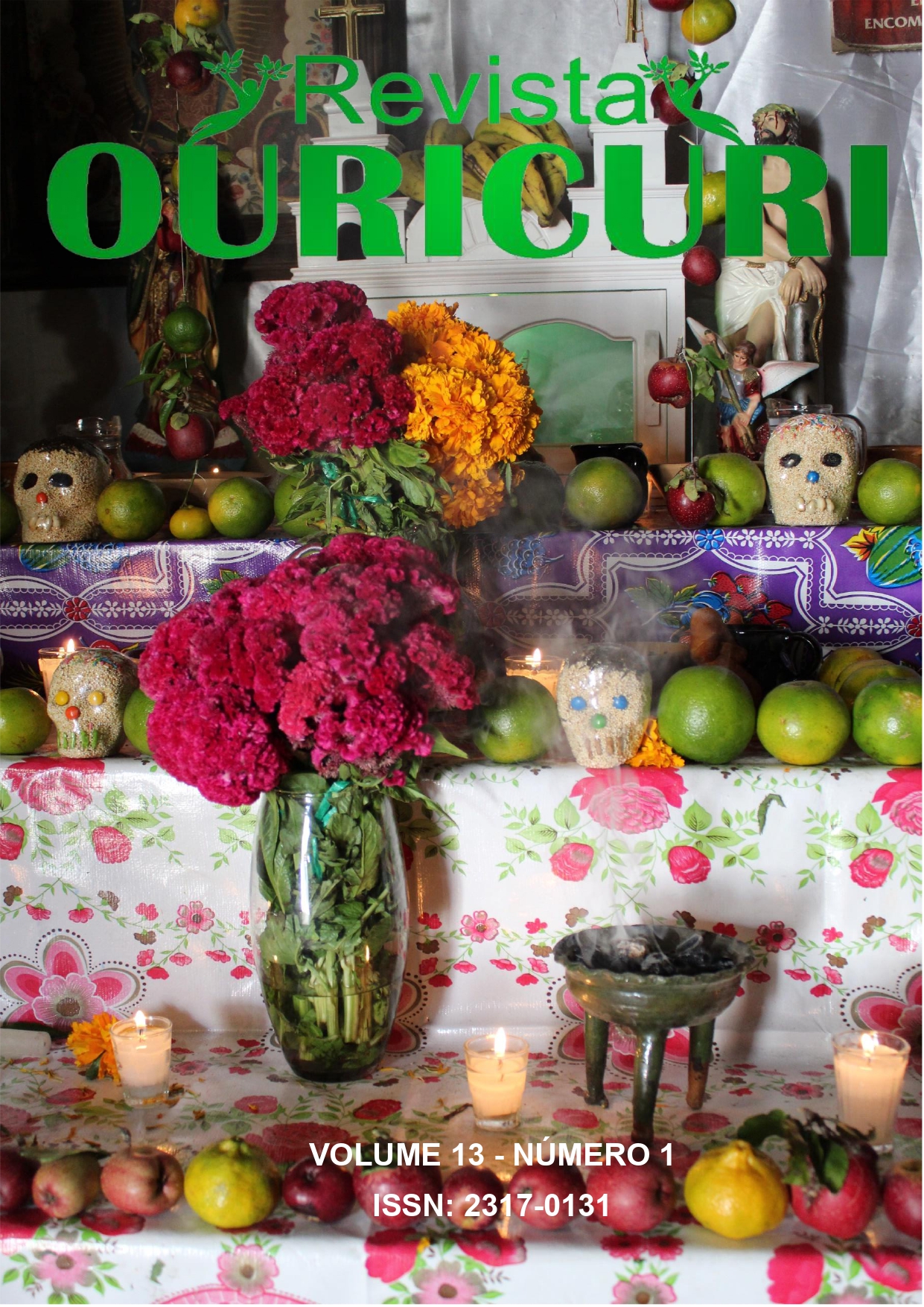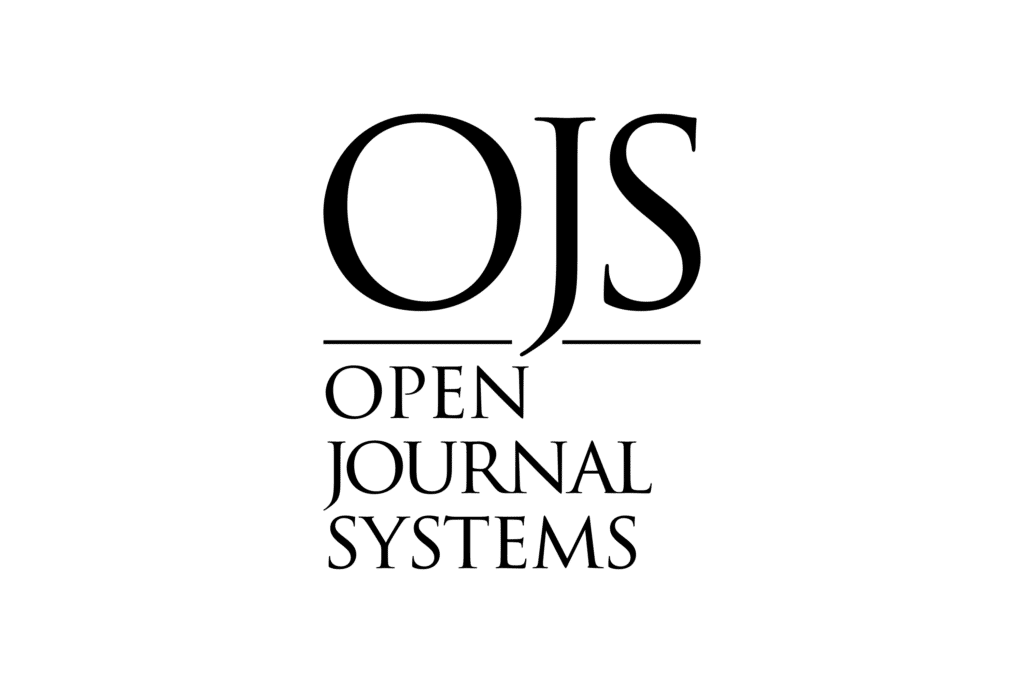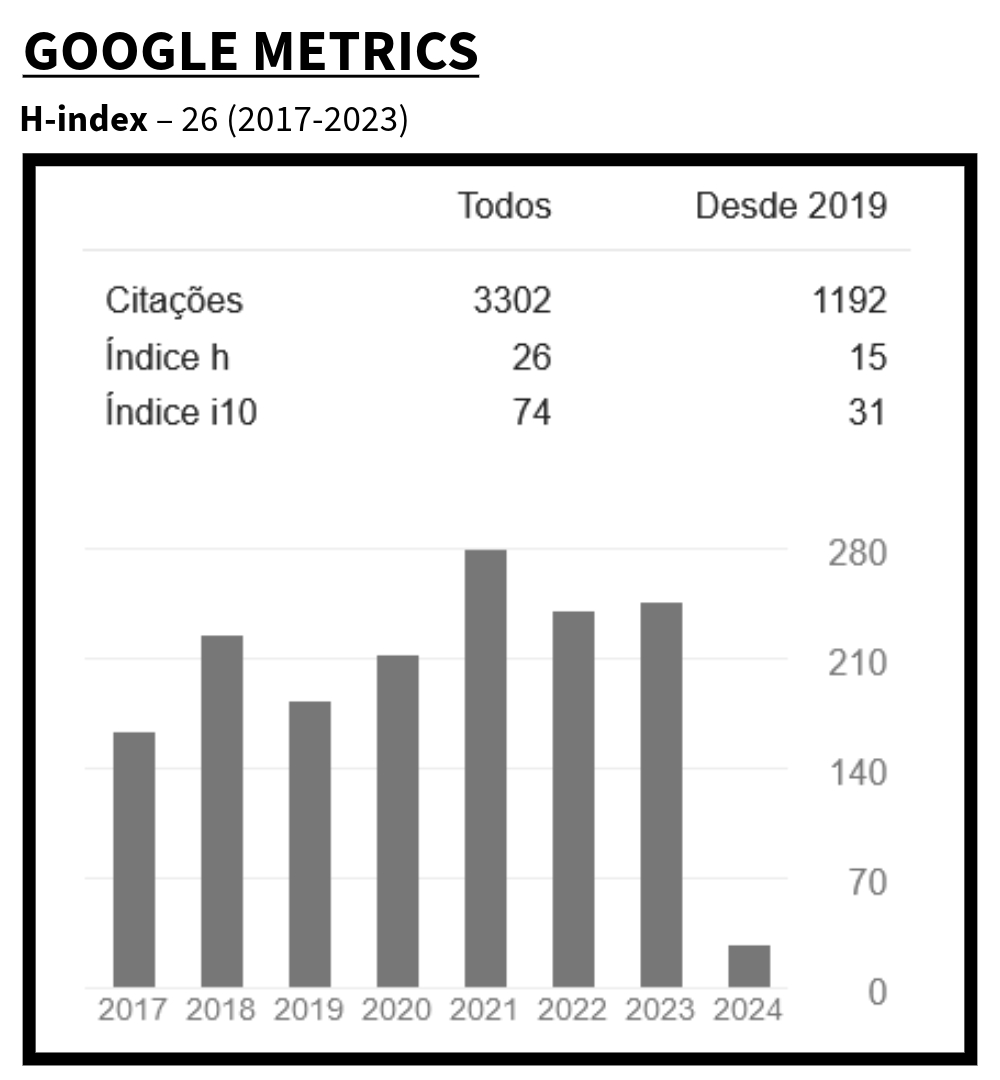THE THE NOVA SENTO-SÉ AND THE SOCIAL AND ENVIRONMENTAL IMPACTS CAUSED BY THE CONSTRUCTION OF THE SOBRADINHO HYDROELECTRIC
DOI:
https://doi.org/10.59360/ouricuri.vol13.i1.a17046Keywords:
Affected; New city; Collective memory; Relocation; RemembranceAbstract
In this article we address the post-construction period of the Sobradinho dam, which caused numerous socio-environmental impacts to the affected municipalities of Sento-Sé, Remanso, Casa Nova and Pilão Arcado, flooded for the construction of the hydroelectric plant. The objective of this work is to analyze the political discourse of development in the state, to justify the dam construction project and the relocation of the population from Sentose and other affected communities. The methodology used to develop this research was the semi-structured interview that refers to a collective and individual memory, identifying social and historical significance, in which it reconstitutes a look at this past that still exerts strong influences in the present. This study resulted in a written record that narrates the recollections of witnesses who experienced this time.
Downloads
Downloads
Published
How to Cite
Issue
Section
License
Authors who publish in this journal agree to the following terms:
a) Authors maintain copyright and grant the magazine the right of first publication, with the work simultaneously licensed under the Creative Commons Attribution License which allows sharing of the work with recognition of authorship and initial publication in this magazine.
b) Authors are authorized to enter into additional contracts separately, for non-exclusive distribution of the version of the work published in this journal (e.g., publishing in an institutional repository or as a book chapter), with recognition of authorship and initial publication in this journal.
c) Authors are allowed and encouraged to publish and distribute their work online (e.g. in institutional repositories or on their personal page) as this can increase the impact and citation of the published work (See The Effect of Open Access).













 B1 (2017-2020)
B1 (2017-2020)



















